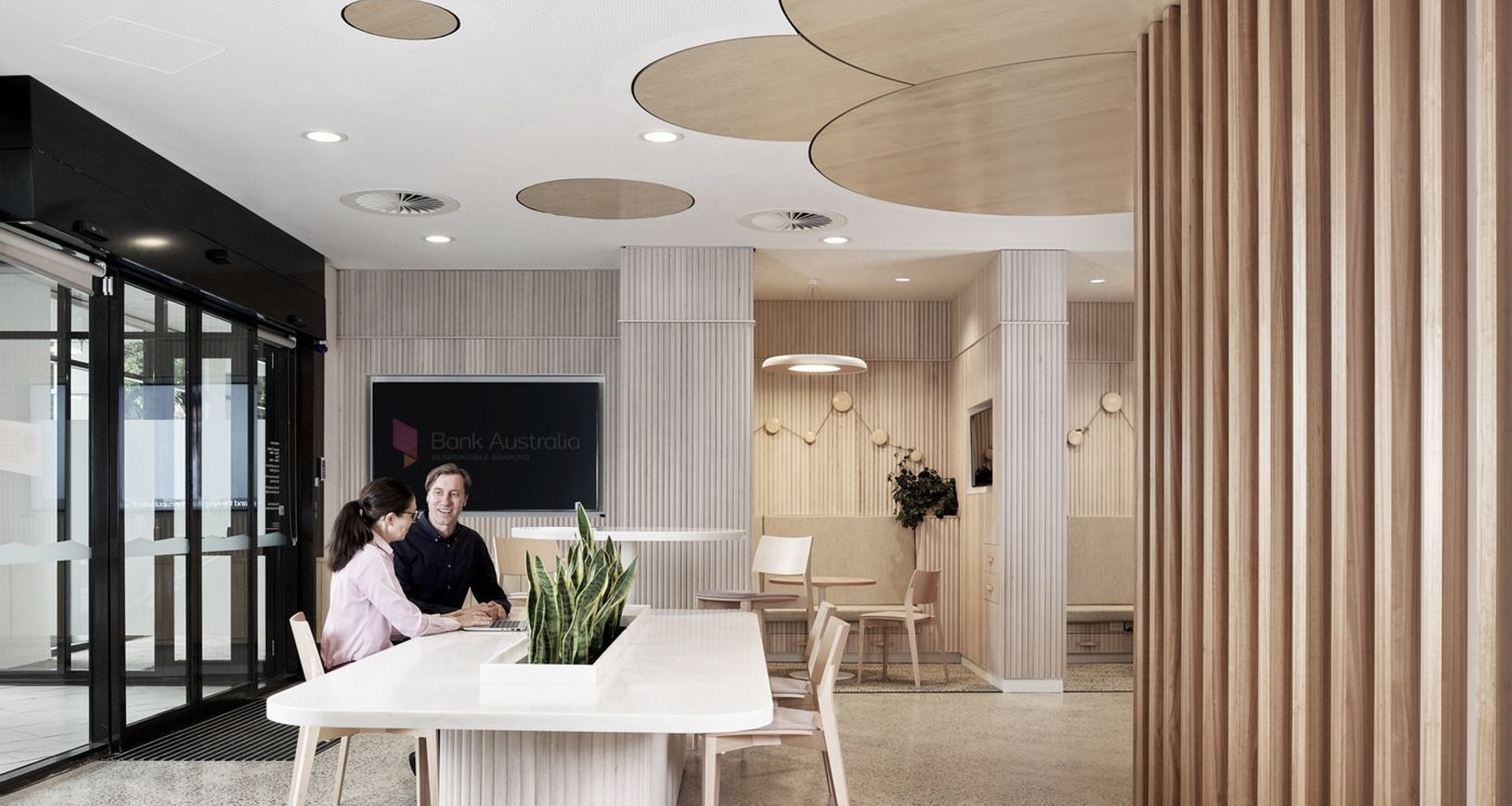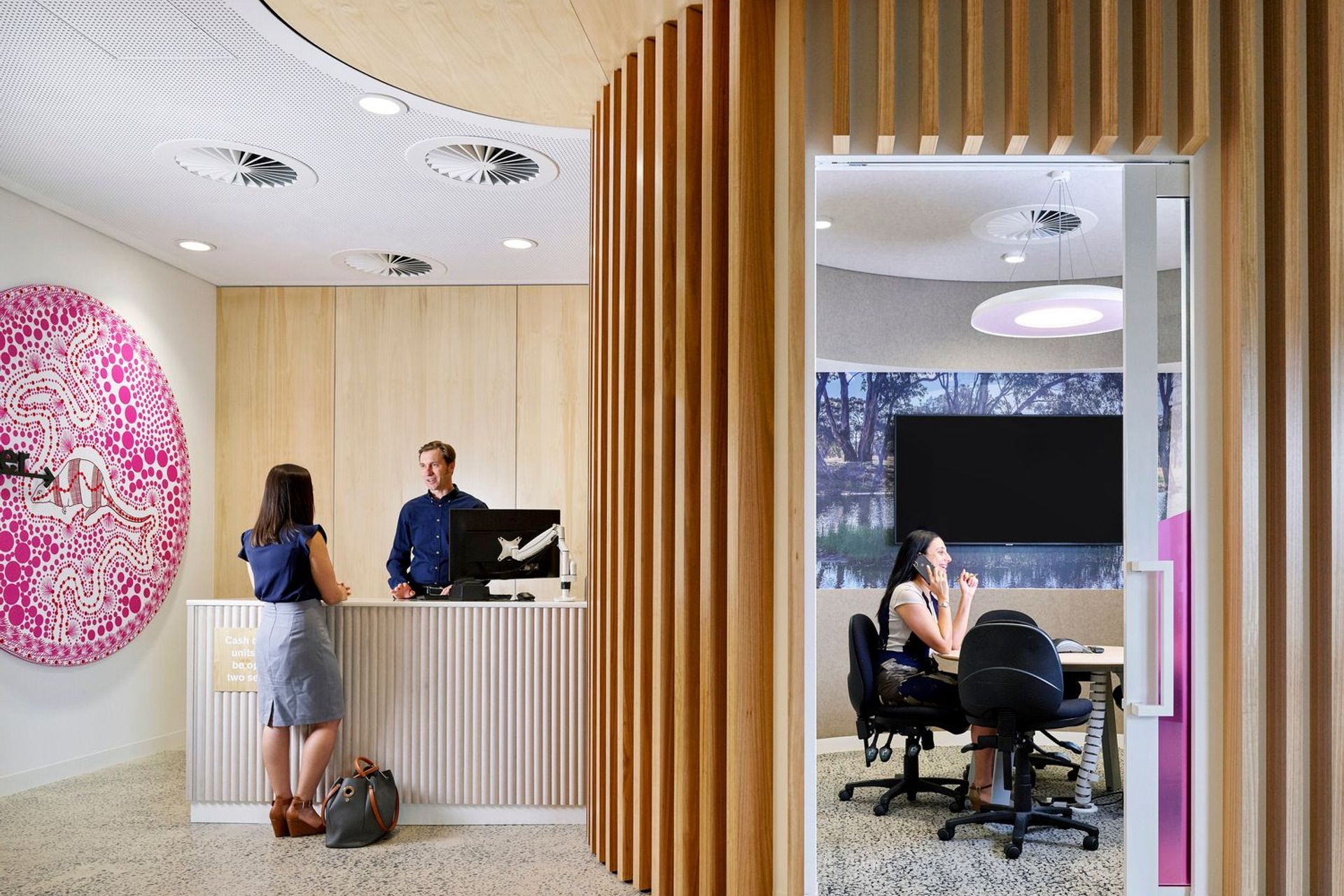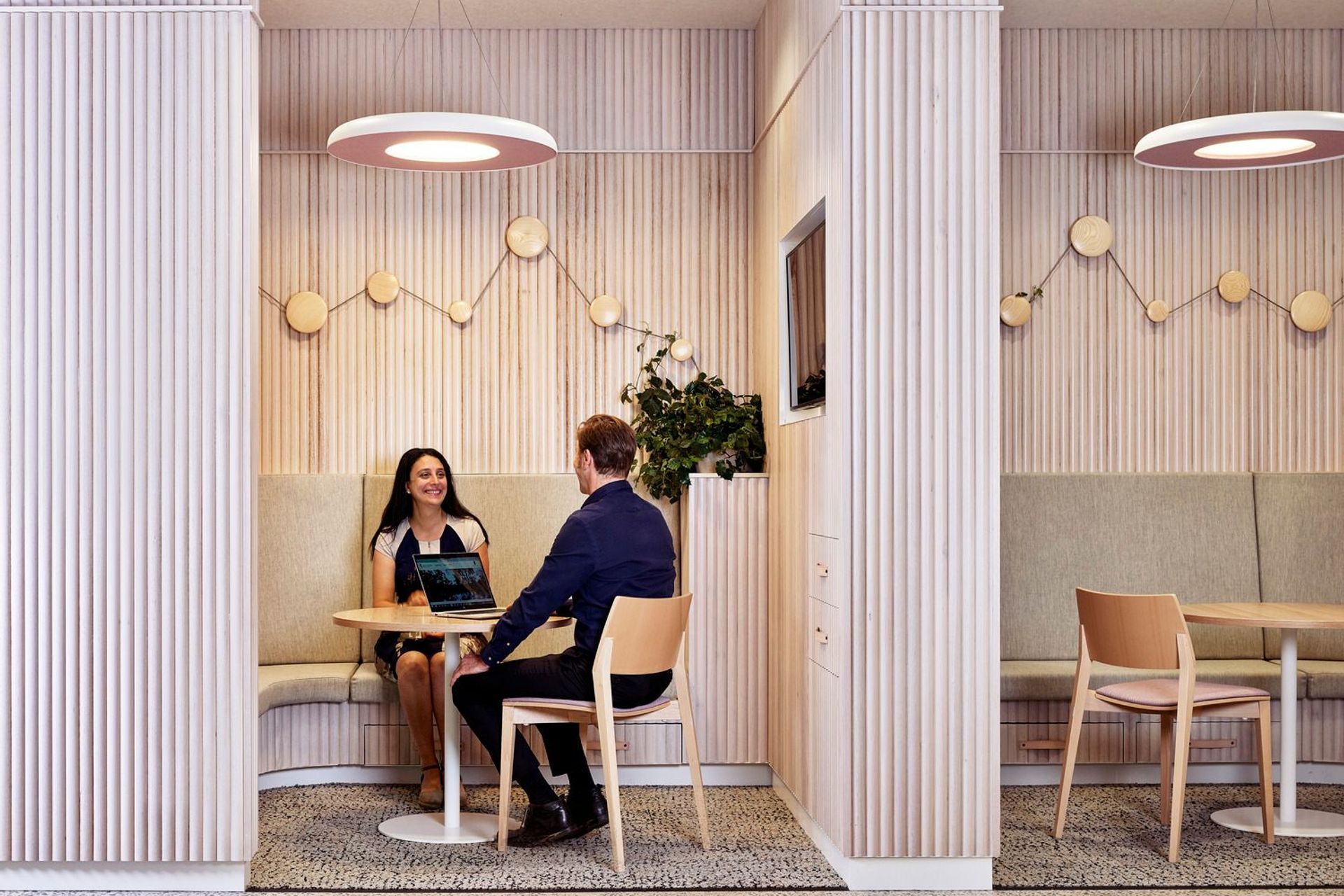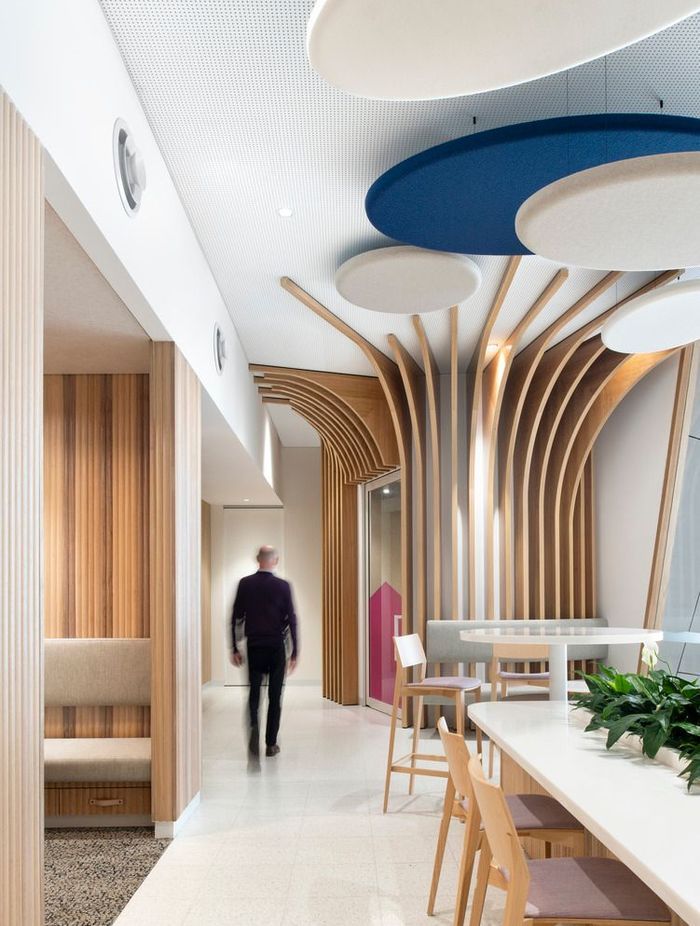The Evolution of Retail Banking Post Pandemic and Beyond


Additionally, the global pandemic has given rise to new challenges of branch closures, increased economic stress, and a disconnected customer base more reliant on digital channels and online interactions.
What does this mean for the future of retail banking? How do banks develop and generate meaningful customer connections? Is there a place for physical branches in an online world with a younger demographic less focused on brand loyalty and face-to-face interactions?
Automation, online services, and now artificial intelligence are prevalent in all aspects of our lives. These technologies have developed exponentially in recent years. There is increasingly less reliance on physical stores for purchases and greater acceptance and expectation of seamless digital delivery for services, entertainment, and social connections. This has been further accelerated by Covid-19 creating uncertainty around safety and confidence in commuting, cash handling, and physical contact. Cities and office towers are likely to be reshaped in the future, emphasising remote working and local communities.

The profile of banking customers will naturally shift towards a demographic adept at online banking and app-based delivery. Banks are developing new ways to connect and gain trust with this evolving demographic dissatisfied with simplistic, corporate partnerships. Although meaningful connections are more challenging to attain, Millennials and younger generations have stronger brand loyalties when organisations align with their values, ethics, community focus, and positive environmental impacts.
Linked to the above are further challenges driven by competition and the need for increased operational and economic efficiencies. Highly dynamic non-traditional providers are flooding the financial market, including social media networks, crypto platforms, micro-financing, digital wallets, neo-banks, and fin-techs. This new wave of innovative, digitally intelligent alternatives with online brand strength and low overheads adds pressure to the more traditional ‘bricks-and-mortar’ banking models.
Banking services and products are unbundling, separating online technologies from services such as financial advisory and are a vital factor driving face-to-face connection and the evolution of retail banking. Customer loyalties are promoted through incentives programs, affiliations with other aligned industries, and targeting niche community sectors.


The banking branch of the future may appear more like a co-working or tech hub for customers and staff, as a knowledge centre, or collocate with a coffee shop or other aligned business offering. In a post-pandemic world, perhaps these branches will support employees working more in local community settings or as home office advisory call centres rather than commuting to CBD office towers, thereby reducing the need for expensive CBD real estate solutions.
GroupGSA has been working with Bank Australia to rethink its retail branch network. Together we have developed solutions responding to the changing nature of financial institutions, and branches now have a prime focus on spaces for customer interactions.
Branches no longer have tellers or direct cash transactions. They now are spatial economic, with a high retail presence, and through selections and biophilic design articulate Bank Australia’s values as an ethical and environmentally responsible organisation.
Technology, safety, and security are still crucial aspects of the design, integrated to support the importance of human interactions, approachability, and positive experiences. Spaces are welcoming, accessible, and can be reconfigured to cater for alternate uses, including staff working and community functions and educational events.


Although challenging, there remains a valuable future for retail banking and physical branches with drivers for connections to the community, ethical practices, environmental responsibilities, and highly personalised experiences.
Future retail banking will be less about money and more about developing genuine brand personalities, focusing on digital delivery and emotional connections with customers and targeted demographics.
GroupGSA has been working with Bank Australia for a number of years providing design services including new branch designs and project roll-outs in Victoria, New South Wales, and Queensland.
Bank Australia’s new design model is cashless branches focused on member interactions and a more retail-centric approach. Their ethos of environmental sustainability is a key driver to all branch fit-outs with the design to reflect the Bank’s brand including all built elements and material selections.
